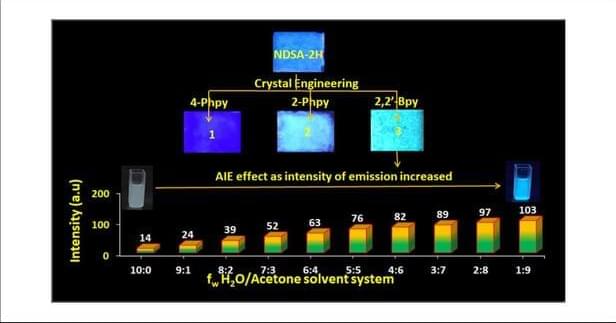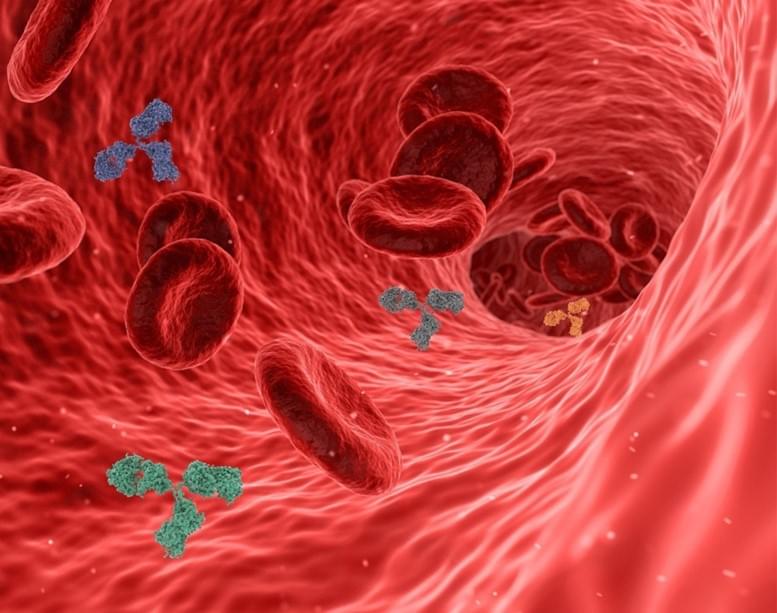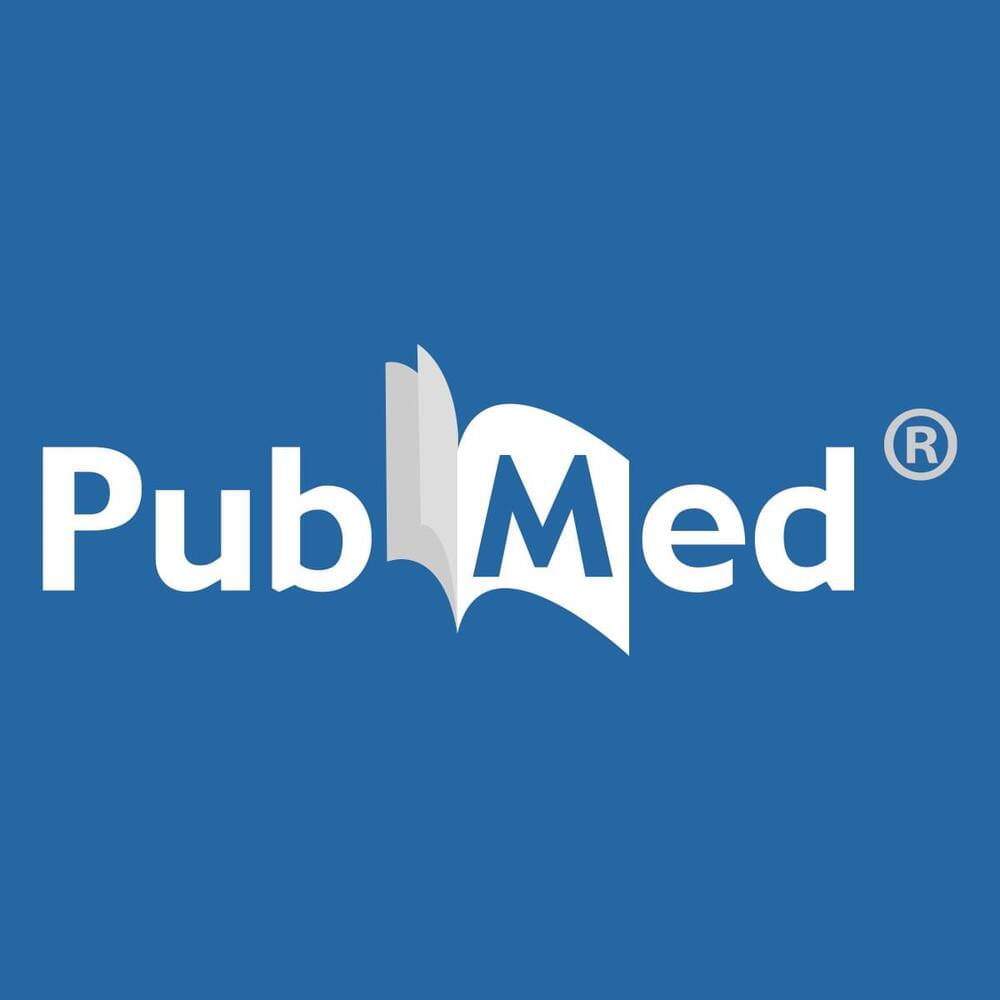Crystal engineering is a green and convenient approach to designing desirable materials through rational manipulation of intermolecular interactions. We have reported the lesser reported sulfonate–pyridinium intermolecular interaction for the design and synthesis of organic co-crystals with improved features. Here in we report the utilization of the interaction to tune the solid-state luminescence of organic precursor naphthalene disulfonic acid (NDSA-2H). Organic salts of NDSA-2H are synthesized and characterized with three isostructural bipyridyl co-formers: 4-phenylpyridine (4-PhPy), 2-phenylpyridine (2-PhPy) and 2,2′-bipyridine (2,2-bpy). Structural investigation validates aggregation of organic acid and base co-formers through sulfonate–pyridinium synthon and proton transfer between them.









